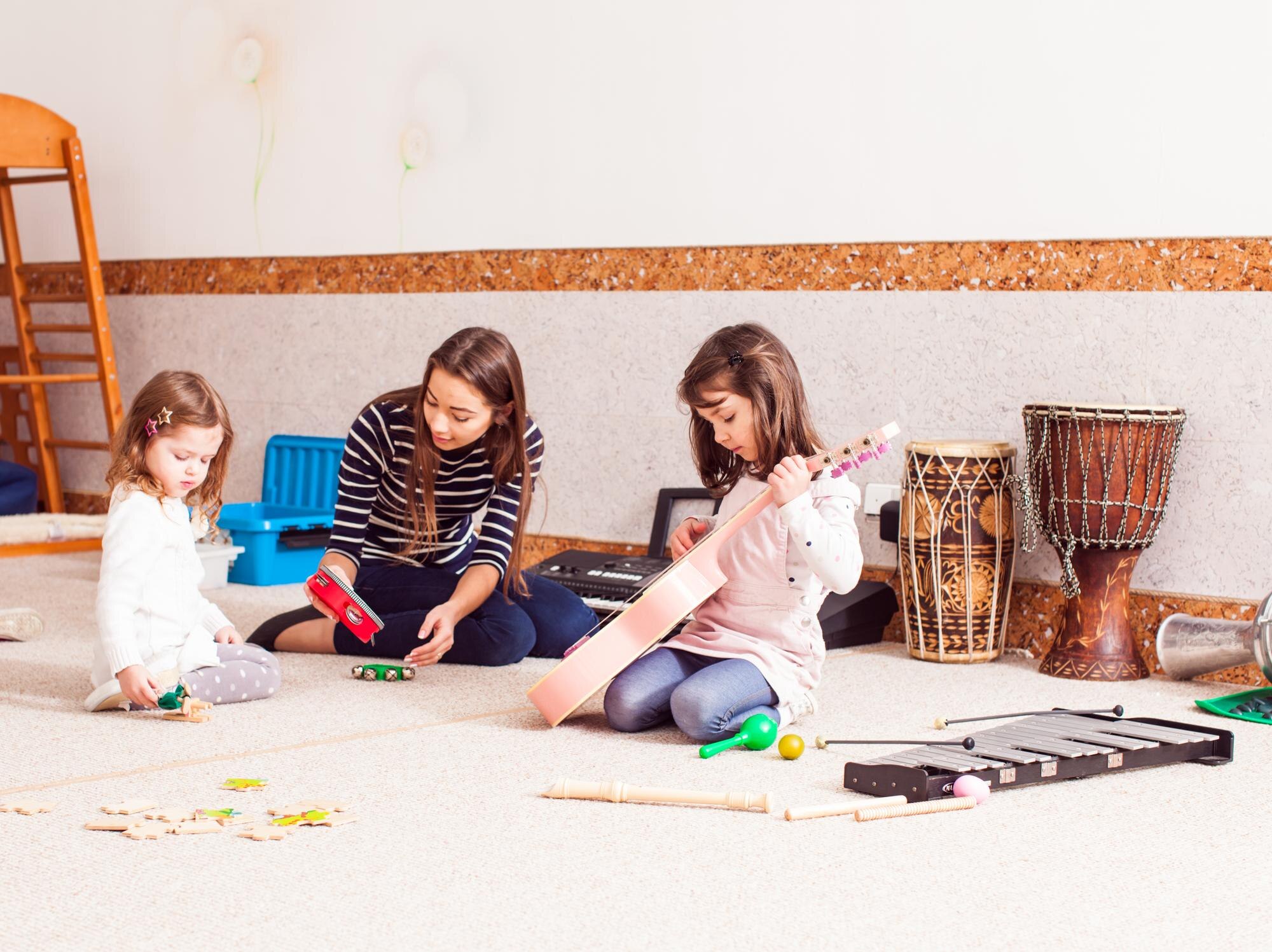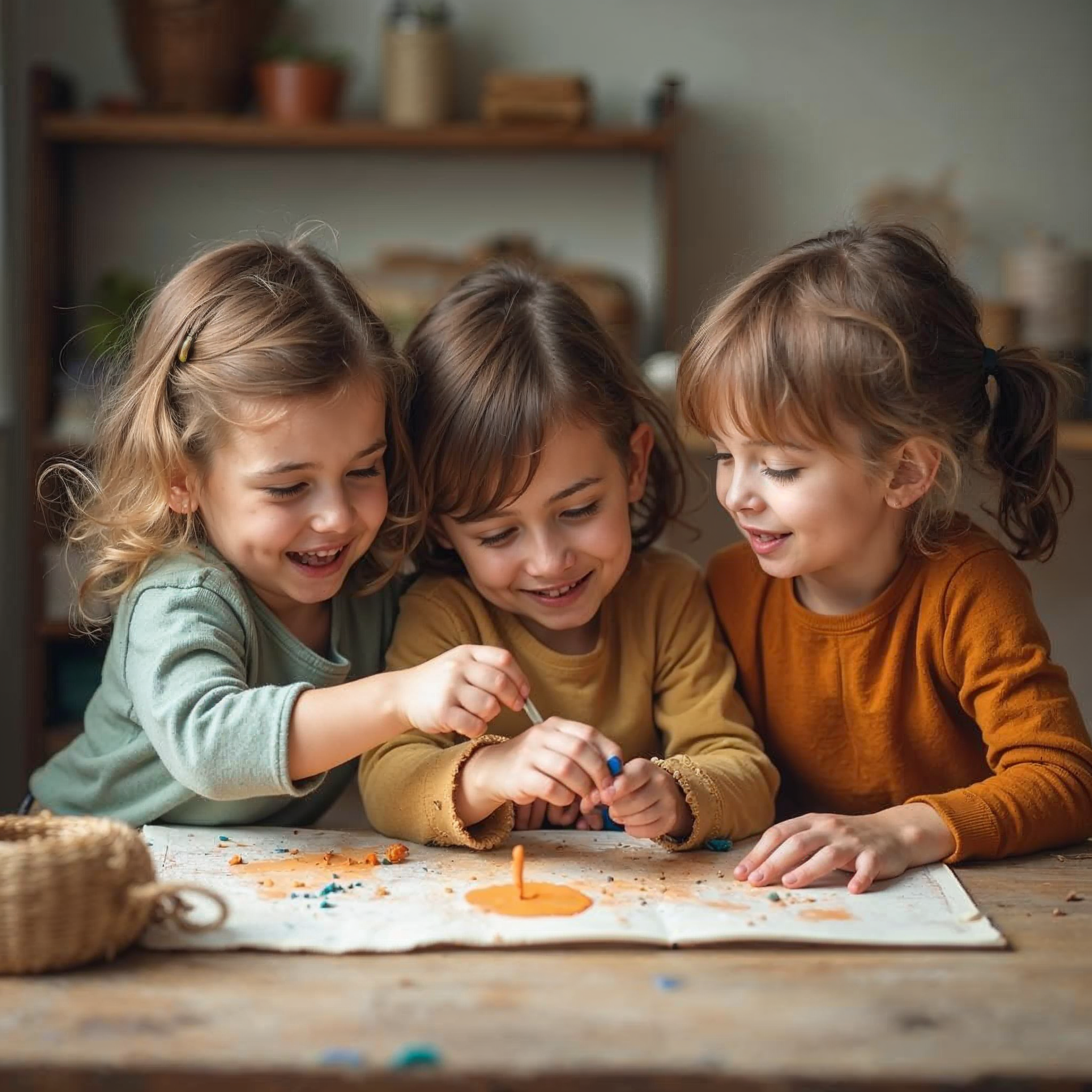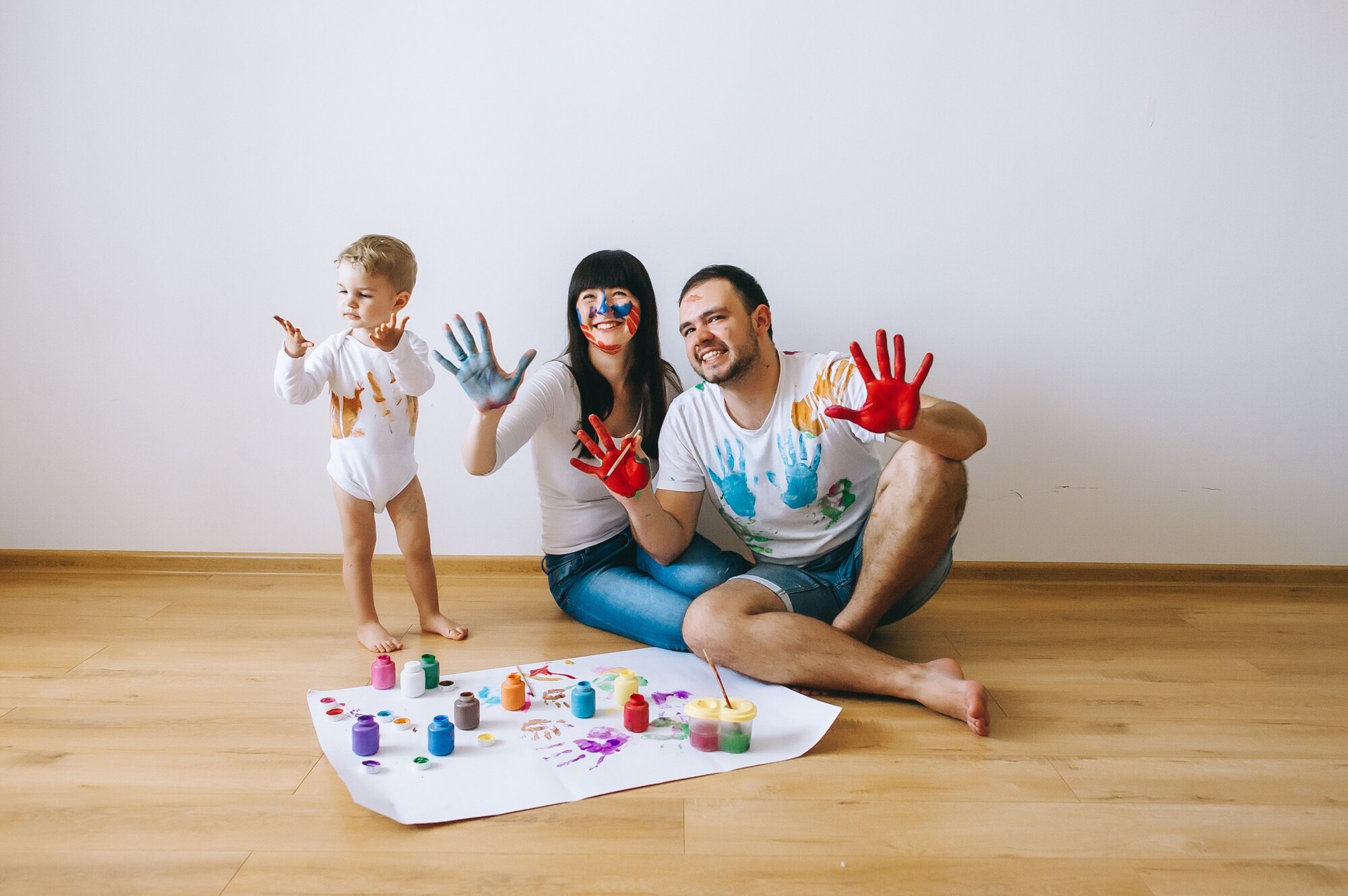Watching a child’s face light up with joy during play can be one of the most rewarding experiences for any parent or educator.
Simple activities hold the key to unlocking emotional growth for toddlers, as they explore their world through movement, sound, and imagination.
These early years are crucial for nurturing creativity and emotional understanding, providing a foundation for lifelong learning.
At Play and Grow Together, we focus on engaging learning activities that transform everyday moments into joyful learning opportunities.
Let’s explore creative play ideas and educational experiences for young children, designed to inspire both you and your little ones.
Discover our unique offerings at Play and Grow Together, designed to create engaging and educative experiences for children aged 2 to 4, fostering creativity and emotional growth through joyful learning moments.
Explore more activities here.
Engaging learning activities

Encouraging growth through play involves activities that are both fun and educational. Engaging learning activities help toddlers develop emotionally and creatively, offering them the chance to discover the world around them.
By focusing on play, parents and educators can introduce concepts that support emotional and creative development.
Simple play for emotional growth
Simple play is vital for the emotional growth of toddlers. It allows them to explore their feelings and express them in a safe environment. Through activities like pretend play and storytelling, children learn to identify and articulate emotions.
Pretend play can be as simple as role-playing with dolls or action figures. This type of play encourages toddlers to navigate different emotional scenarios and understand others’ perspectives. Storytelling helps children to connect with characters’ emotions, fostering empathy and self-awareness.
For practical ideas, this resource offers interactive activities designed to develop social-emotional skills through play. These activities are easy to implement at home and can be modified to suit individual needs.
Creative play ideas for toddlers
Creative play is all about imagination and exploration. Activities like art projects, music, and movement not only entertain but also stimulate brain development. Through these activities, toddlers learn to think outside the box and solve problems creatively.
Art projects offer a canvas for self-expression. Simple materials such as crayons, paper, and clay can spark imagination. Music and movement activities like dancing or playing simple instruments allow children to express themselves rhythmically.
To explore more ideas, this guide provides a variety of creative activities that can be adapted for toddlers. These activities help in nurturing a child’s creativity and emotional intelligence.
Joyful learning moments

Joyful learning moments are those special instances where fun and education merge seamlessly. These moments are crucial for reinforcing emotional understanding and creative thinking in young children.
By focusing on such experiences, parents and educators can ensure that learning is both engaging and effective.
Emotional growth for toddlers
Emotional growth in toddlers can be fostered through targeted activities that promote self-regulation and empathy. Activities such as group play and emotional storytelling can play a significant role in this process.
Group play encourages sharing and cooperation, helping toddlers understand social dynamics. Emotional storytelling involves discussing stories and characters, which helps toddlers connect with emotions and learn appropriate responses.
For more structured activities, check out this comprehensive list of social and emotional activities. These activities are designed to be both educational and enjoyable, fostering emotional intelligence in a supportive environment.
Educational Experiences for Young Children
Educational experiences for young children often blend play with learning, ensuring that children are engaged while acquiring new skills. Activities like puzzles, memory games, and simple science experiments are particularly effective.
Puzzles and memory games enhance cognitive development and problem-solving skills. Simple science experiments, such as observing plant growth, introduce basic scientific concepts in a fun and interactive way.
For additional educational experiences, this article highlights activities that blend learning with play, making education a joyful experience for young children.
Easy-to-implement activities

Easy-to-implement activities are essential for busy parents and educators. These activities should be simple, require minimal preparation, and provide maximum learning opportunities.
By incorporating such activities into daily routines, caregivers can ensure continuous development for toddlers.
Encouraging Creativity Through Play
Encouraging creativity through play involves providing opportunities for children to explore and express themselves freely. Simple activities like drawing, building with blocks, and imaginative play can greatly enhance a child’s creativity.
- Drawing: Offer a variety of coloring tools and let children explore their artistic side.
- Building with blocks: Encourage creativity by building different structures.
- Imaginative play: Use costumes or props to spark imagination.
These activities require little setup and can be woven into daily routines, ensuring that creative play becomes a regular part of a child’s day.
Practical Resources for Parents and Educators
Practical resources simplify the process of engaging toddlers in learning through play. These resources often include step-by-step guides, activity lists, and tips for implementation.
-
Activity guides: Provide detailed instructions for various activities.
-
Resource lists: Offer materials and tools needed for successful play sessions.
-
Implementation tips: Share insights on how to effectively integrate play into daily routines.
By utilizing practical resources, parents and educators can ensure a consistent approach to nurturing emotional and creative development in young children.

